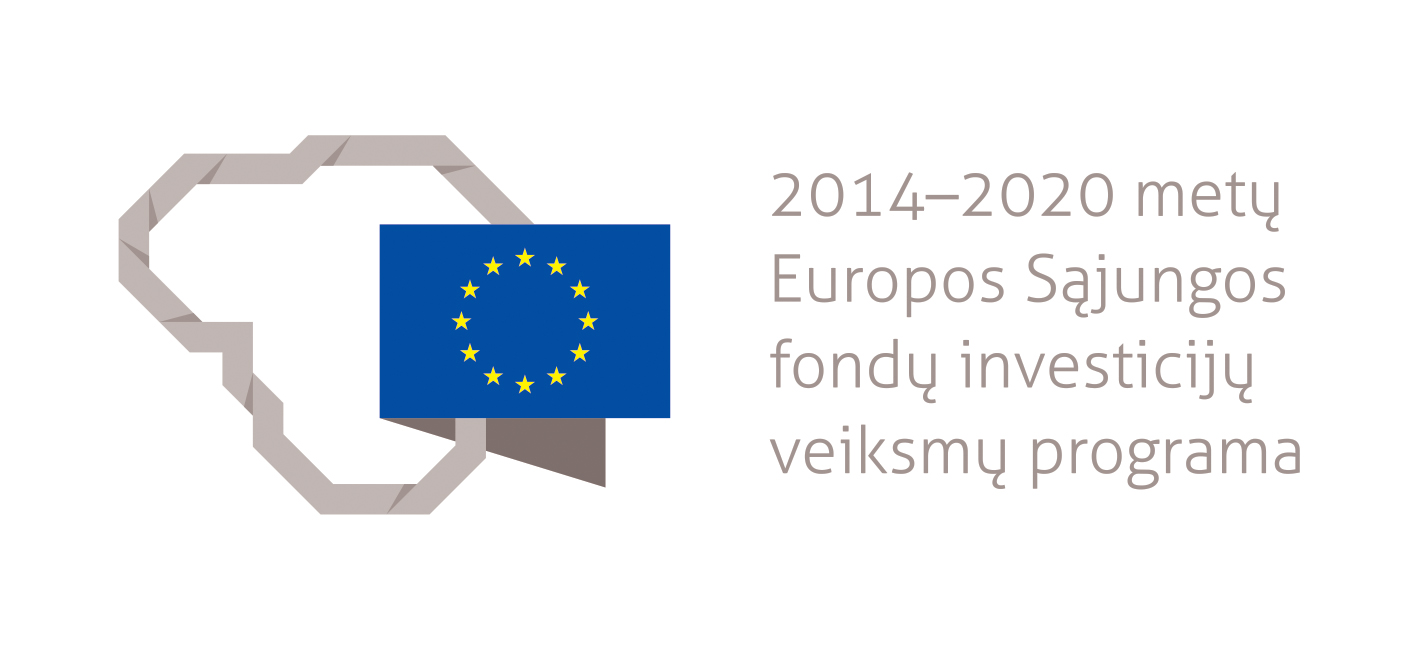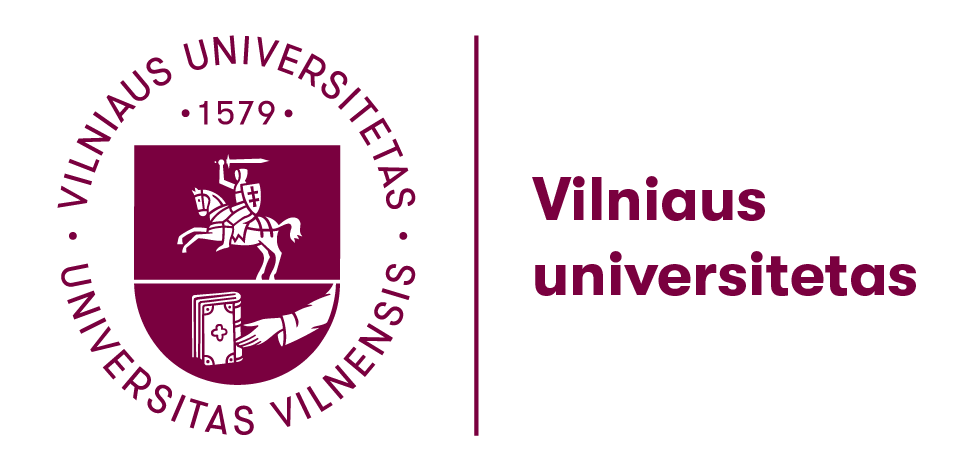R. Želvys, D. Stumbrienė, V. Brazdeikis, L. Lipkevičienė, A. Jakaitienė
7th International Workshop on Efficiency in Education, Health and other Public Services, 2019 m. rugsėjo 5-6 d., Barselona, Ispanija.
Abstract. Before the fall of the „iron curtain“ most of the socialist countries had highly centralized and unified education systems, where inputs (educational structures, curricula, teaching methods, etc.) were strictly controlled. However, outputs were rarely assessed through any centralized system (West, Crighton, 1999). After the collapse of the communism countries of the region underwent the reverse process: they decentralized their educational systems and liberalized inputs, but at the same time started to introduce elements of centralized assessment of student achievement. Lithuania was one of the first former socialist countries to introduce the system of external secondary school leaving, or maturity, examinations. The Lithuanian National Examinations Centre (NEC) was established in 1997 and centralized secondary school examinations were run for the first time in 1999 (Bethel, Zabulionis, 2000). School leaving examinations eventually replaced the entrance examinations to universities and colleges and their results are currently used for the purposes of student selection and allocation of state grants („student basket“). The 10th grade national assessment examinations were introduced in 2000, and, differently from maturity examinations, students‘ participation in assessment was voluntary. However, in 2011 the 10th grade examinations in mathematics and native language were made compulsory (EBPO, 2017). The examination tasks are produced by NEC, but, unlike the maturity examinations, they are marked by local teachers. The 10th grade national assessment examinations were supposed to serve as a tool of quality assurance in order to monitor the student achievement and to set the standards for self-evaluation and school improvement.
Several decades of practising external evaluation revealed not only merits, but also shortcomings of the centralized assessment model. During the recent years the national systems of state examinations and high-stakes testing in former socialist countries were subject to many critical judgements (Bethell & Zabulionis, 2012; Tampayeva, 2015). In particular, critics claimed that students focus most of their time and efforts exclusively to the subjects in which they intend to take examinations. High-stake examinations encourage private tutoring (ESP, 2006) and appear to create, in most instances, incentives that are at odds with the stated goal of providing a competency-oriented education. Experts suggest alternative models where maturity examinations are combined with other forms of assessment. One of the possible options is the use of the 10th grade national assessment examination results as a component of higher education admission process – in conjunction with the maturity examinations (OECD, 2017).
However, it remains unclear to what extent these two types of examinations can supplement each other, as they rely on different methodological principles and use different marking systems. Can results of the 10th grade national assessment examinations serve as valid predictors of the outcomes of maturity examinations? Can they set targets for student improvement during the last two years of schooling?
In this study we used individual level data for the entire Lithuanian student population, who have taken maturity examinations for the 2014-2018 period. The data for the study was provided by the Centre of Information Technologies in Education of the Ministry of Education, Science and Sports. The study examined the results of mathematics and Lithuanian language maturity examinations and compared them with the results of 10th grade national assessment examinations. The aim of the study was to find out to what extent the results of these two types of examinations correlate and to identify the predictive value of 10th grade national assessment examinations.
Results indicate that the average score of 10th grade assessment examinations is always higher than the average score of maturity examinations: the difference is between 50% and 200% depending on the year of examinations. Results of both types of examinations do not follow normal distribution. The normality of the data distribution was tested using Anderson-Darling test. There is a strong correlation between the scores of both types of examinations (Spearman‘s rank correlation coefficient around 0.8 with p-value<0.001); however, lower scores of 10th grade assessment examinations have stronger predictive value than the higher ones. We employ generalized linear models for non-linearity analysis.
Literatūra
- Bethell, G., Zabulionis, A. (2000) Examination Reform in Lithuania. Vilnius, National Examination Centre.
- Bethell, G., Zabulionis, A. (2012) The Evoliution of High-Stakes Testing at the School-University Interface in the Former Republics of the USSR. Assessment in Education: Principles, Policy & Practice, 19(1), 7-25.
- EBPO (2017) Reviews of National Policies for Education. Education in Lithuania. Paris: OECD Publishing. https://doi.org/10.1787/19900198
- ESP (2006) Education in a Hidden Marketplace: Monitoringo f Private Tutoring. Budapest: Education Support Program (ESP) of the Open Society Institute.
- OECD (2017) Education in Lithuania. Highlights 2017. Retrieved from: https://www.oecd.org/education/school/Education-in-Lithuania-2017-highlights.pdf
- Tampayeva, G. Y. (2015) Importing Education: Europeanisation and the Bologna Process in Europe‘s Backyard – The Case of Kazakhstan. European Educational Research Journal, 14(1), 74-85.
- West, R., Crighton, J. (1999) Examination Reform in Central and Eastern Europe: Issues and Trends. Assessment in Education: Principles, Policy & Practice, 6(2), 271-289.




